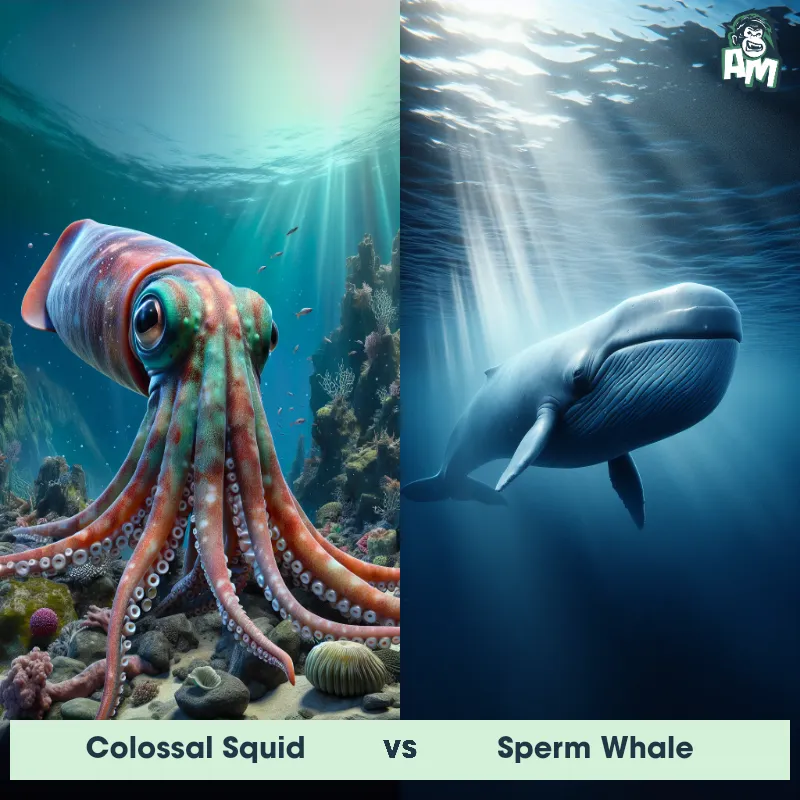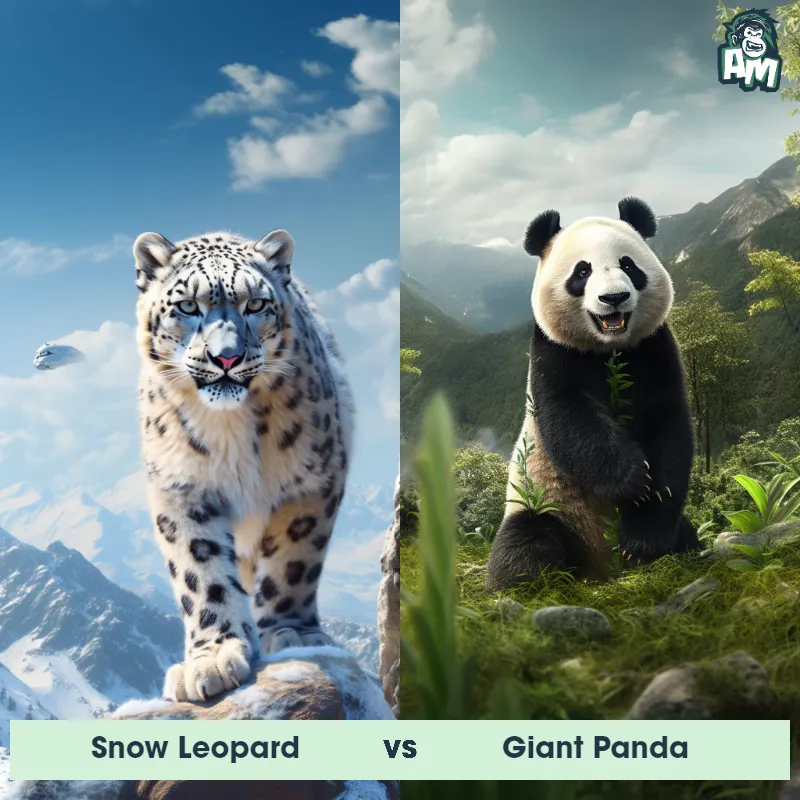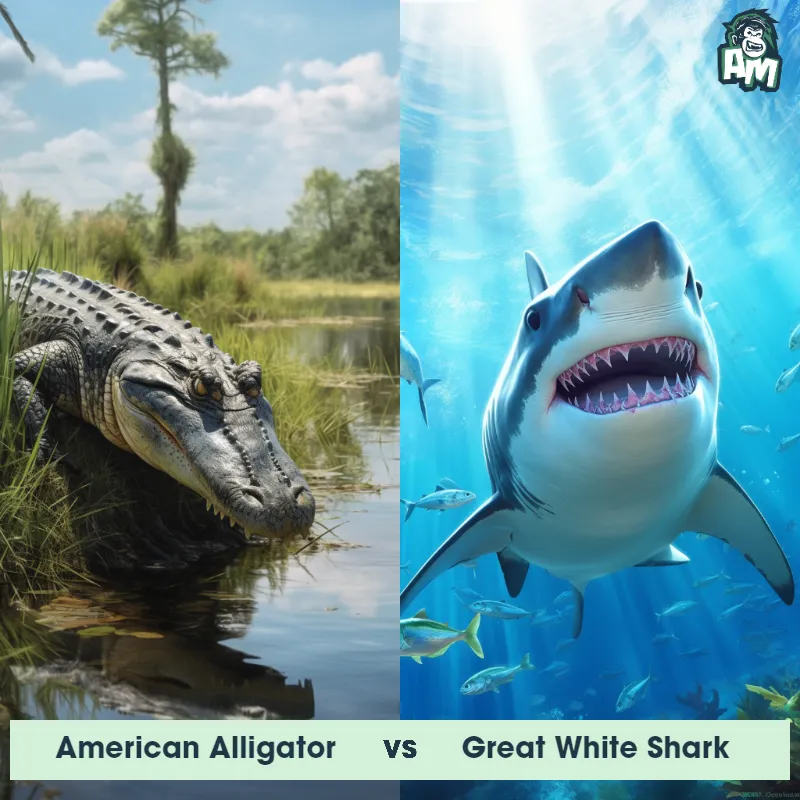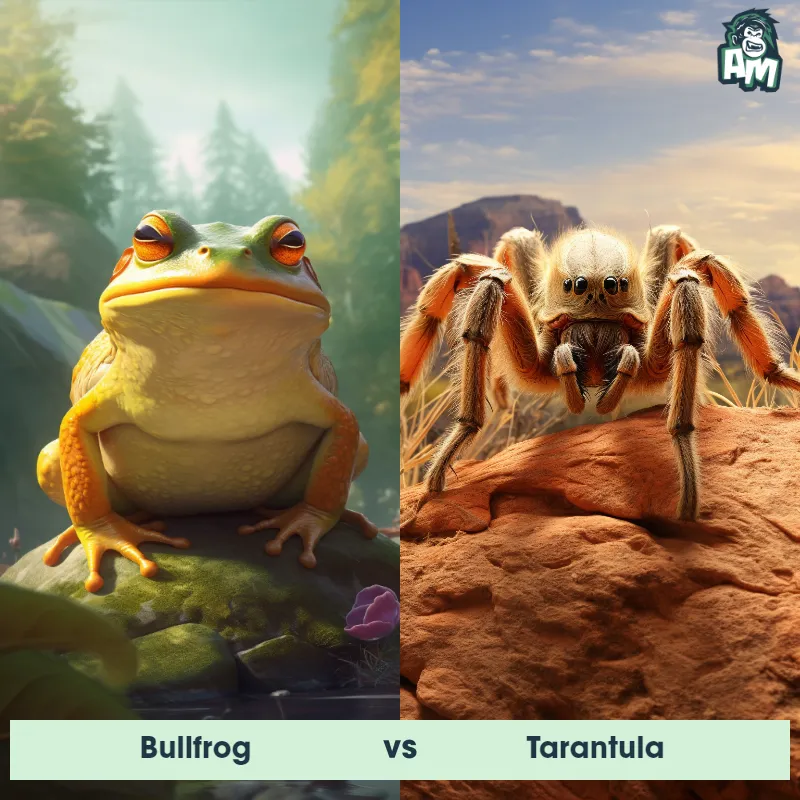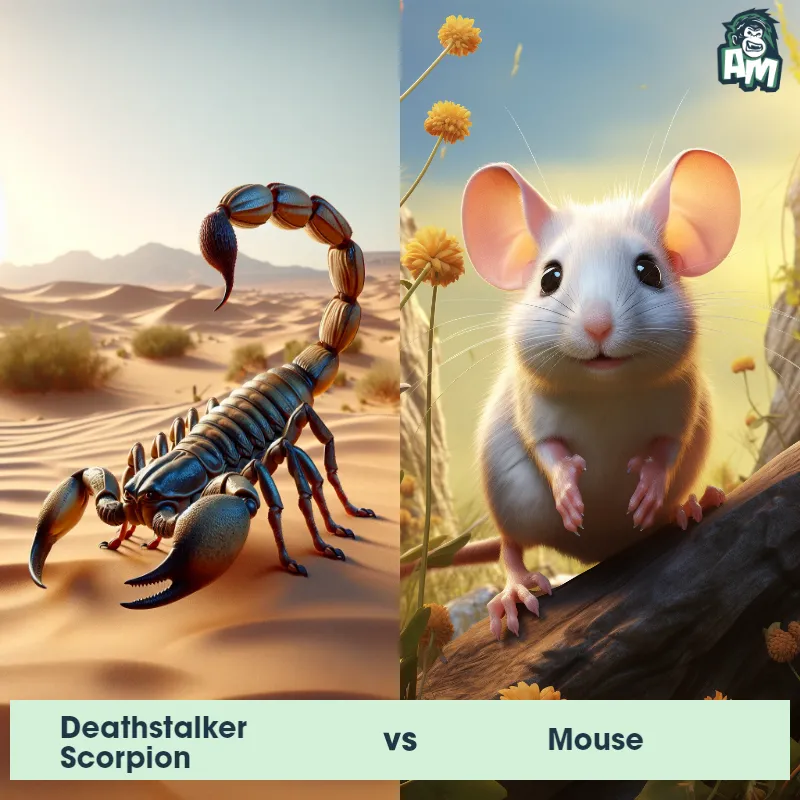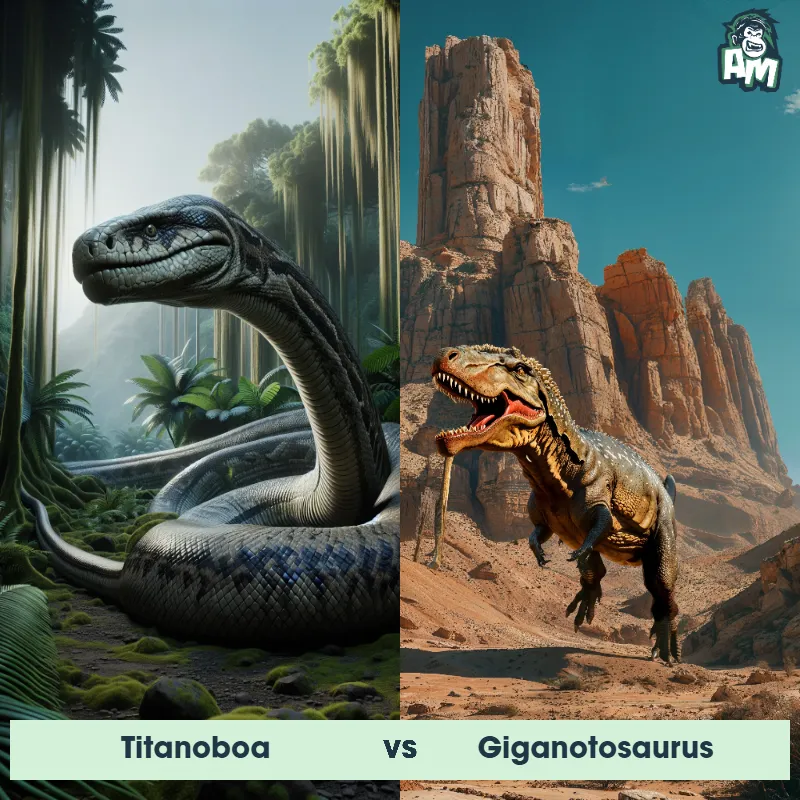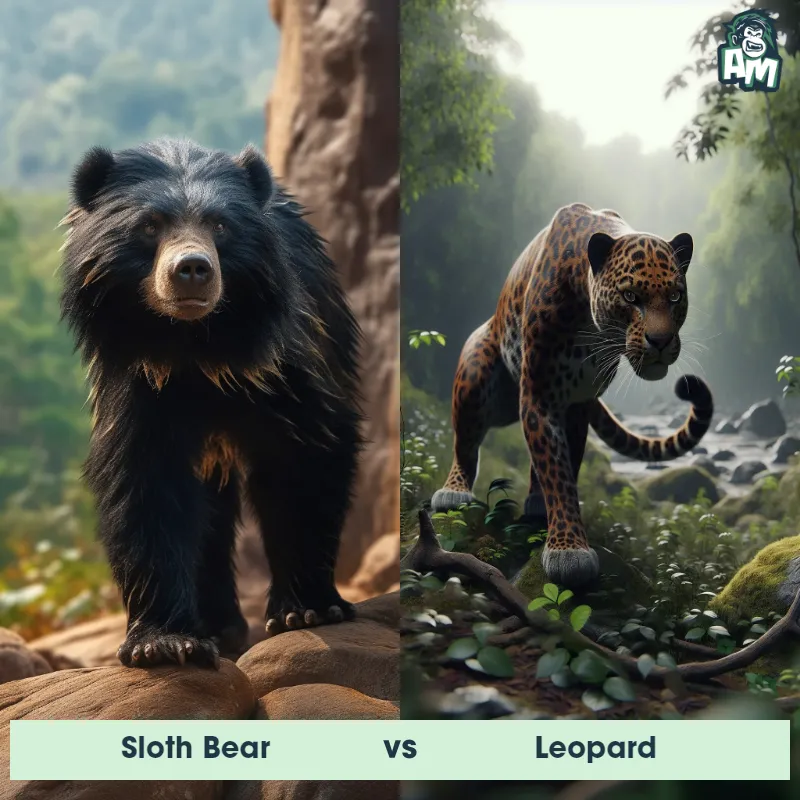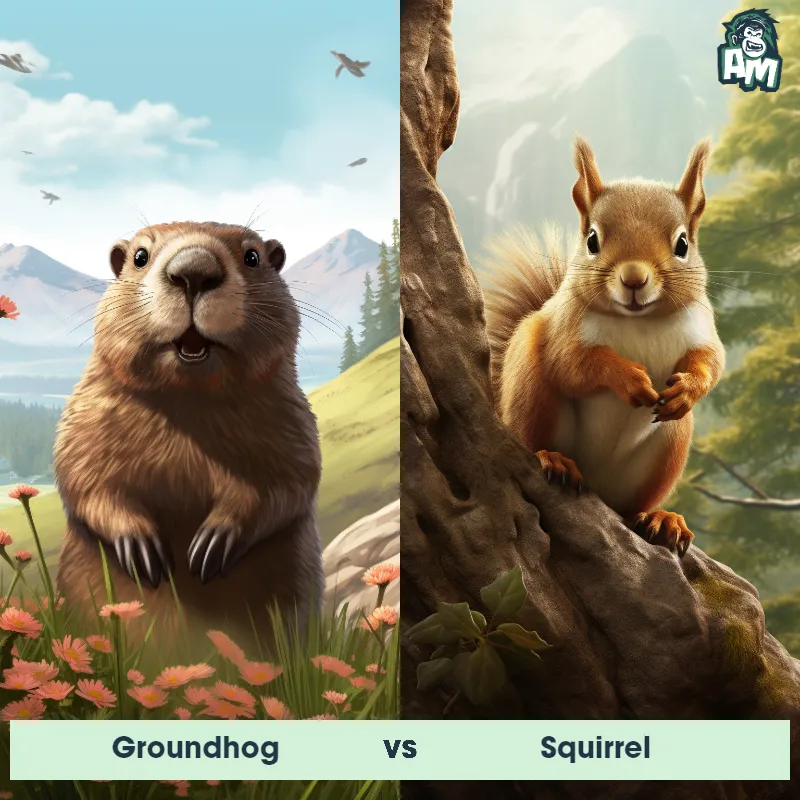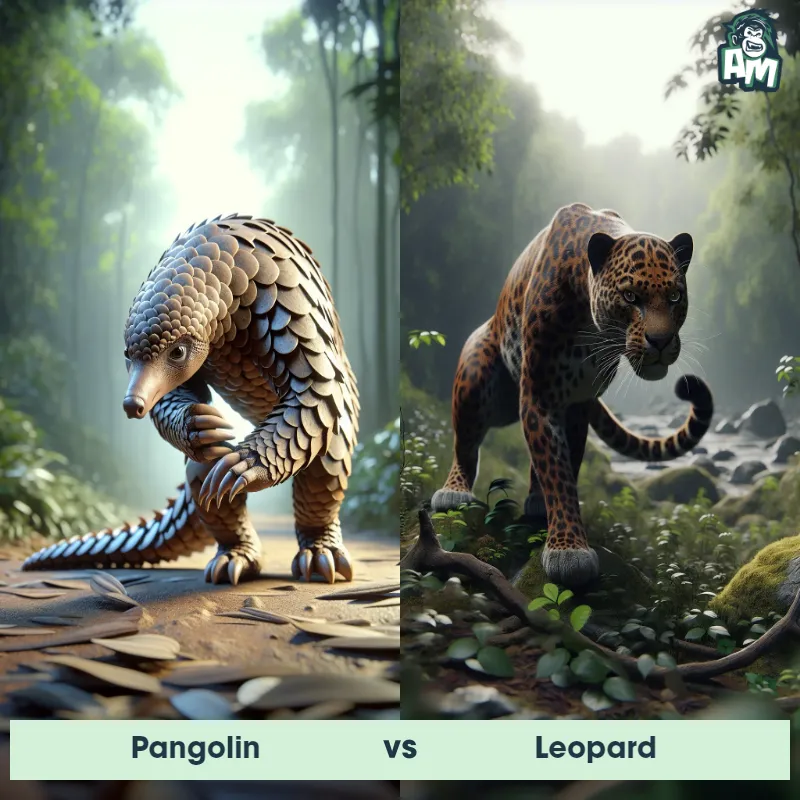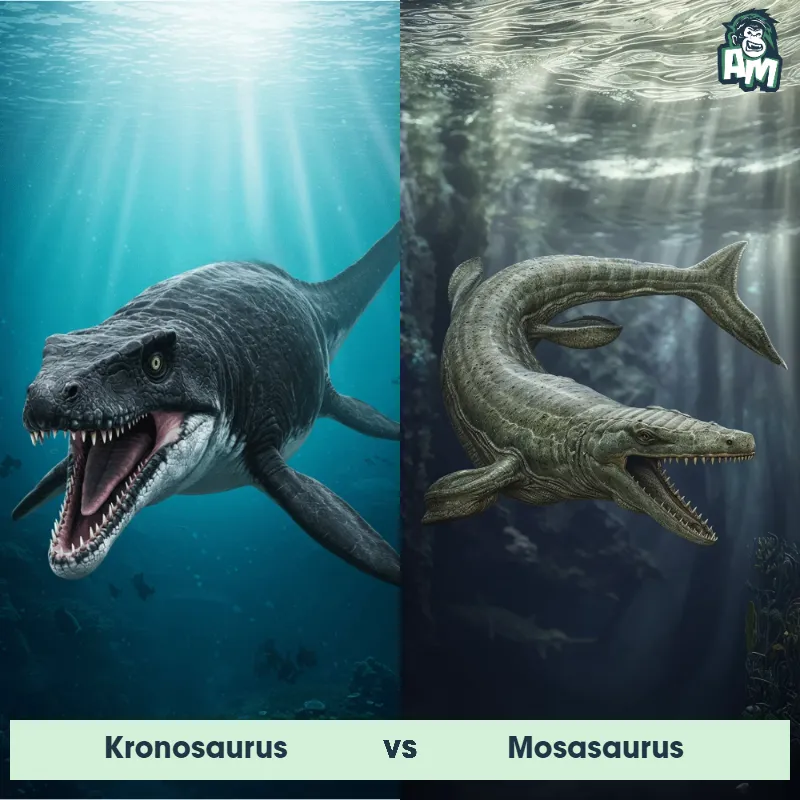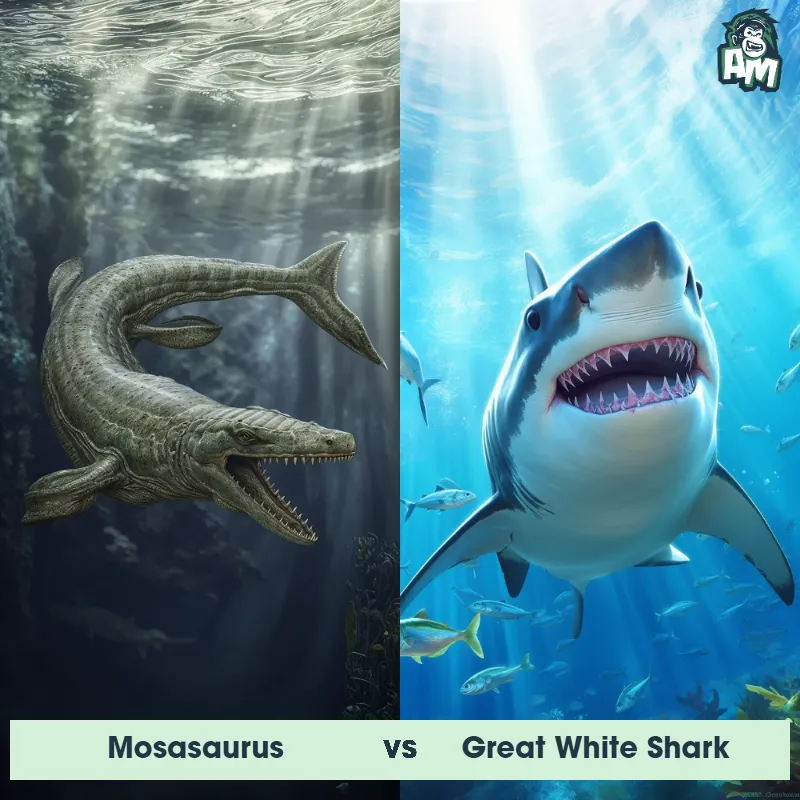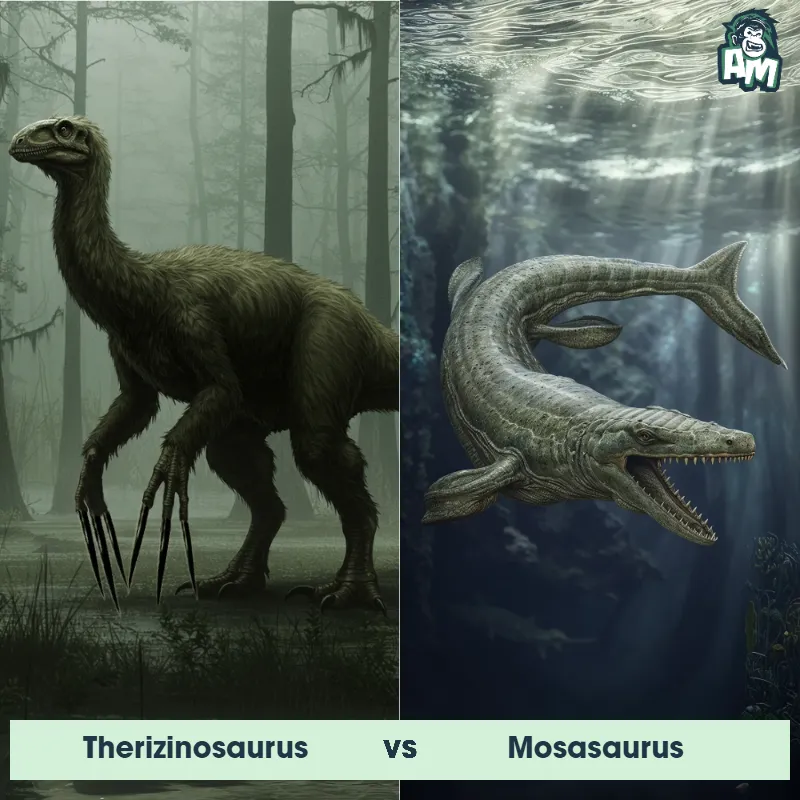Pteranodon vs MosasaurusSee Who Wins
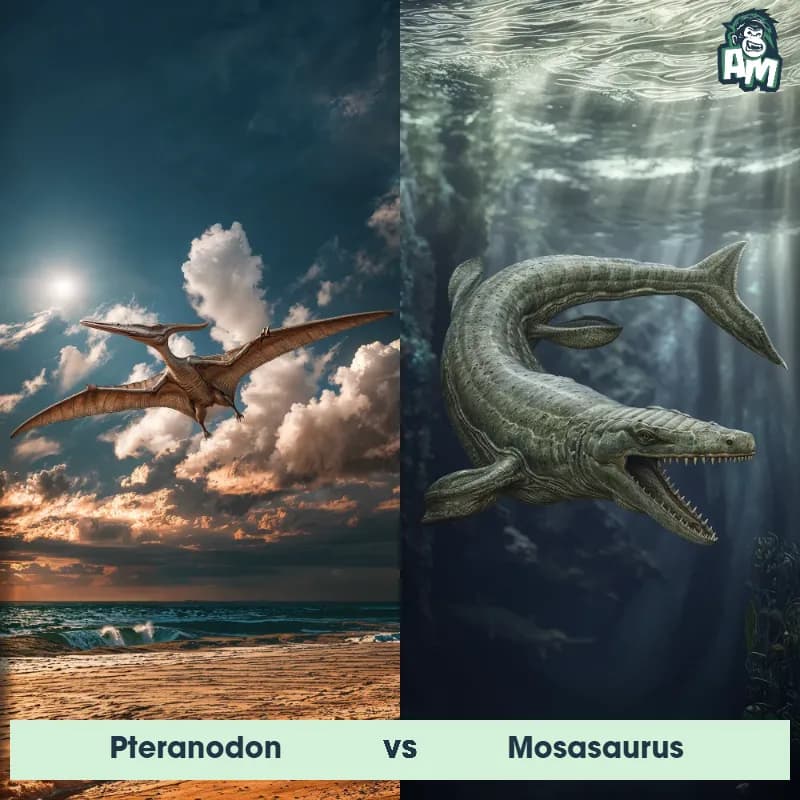
In the left corner, soaring above with a wingspan that covers the sky, the majestic Pteranodon! In the right corner, gliding through the water with sheer power, the massive Mosasaurus! An ancient aerial and aquatic face-off begins!
Contender 1: Pteranodon
The Pteranodon, commonly known as a flying reptile from the Late Cretaceous period, is easily recognized by its large wingspan, elongated beak, and distinctive cranial crest. It had a lightweight body with hollow bones, allowing it to soar effortlessly through the skies. Pteranodons had no teeth, instead relying on a sharp, pointed beak to catch fish.
Fun Fact: The Pteranodon had one of the largest wingspans of any flying reptile, reaching up to 30 feet in some species, making it an impressive aerial predator.
Contender 2: Mosasaurus
The Mosasaurus, also known as the "Meuse River lizard," was a giant aquatic reptile that lived during the Late Cretaceous period. It possessed a long, streamlined body with powerful flippers and a tail fin for efficient swimming. Its long snout housed sharp teeth for capturing prey, and it had a double-hinged jaw that allowed it to swallow food whole. Mosasaurus was a dominant predator in the oceans, preying on fish, turtles, and even smaller marine reptiles.
Fun Fact: Mosasaurus was not actually a dinosaur, but rather a type of prehistoric marine reptile closely related to modern-day monitor lizards.
Matchup Stats
| Pteranodon | Mosasaurus | |
|---|---|---|
| Size | Up to 30 feet wingspan (approx. 9 meters) | Up to 56 feet (17 meters) |
| Weight | Up to 50 pounds (approx. 23 kilograms) | Up to 30,000 pounds (13,600 kilograms) |
| Speed | 25 mph (40 km/h) | 20-25 mph (32-40 km/h) |
| Key Strength | Agility | Powerful jaws and teeth |
| Biggest Weakness | Fragile bones | Vulnerable from the sides |
Current Votes
Pteranodon vs Mosasaurus
See Who Wins
View More Matches
Looking For More?
Similar Matches
Scientific Stats
| Pteranodon | Mosasaurus | |
|---|---|---|
| Scientific Name | Pteranodon | Mosasaurus |
| Family | Pteranodontidae | Mosasauridae |
| Habitat | Coastal regions | Oceans |
| Geography | North America | Worldwide |
| Diet | Fish | Fish, turtles, smaller marine reptiles |
| Lifespan | 7 years - 10 years | 20 years - 30 years |
Key Differences between Pteranodon and Mosasaurus
- Limbs: Pteranodon had wings made of a membrane stretched across elongated fingers, in contrast to Mosasaurus, which possessed paddle-like limbs for propulsion in water.
- Habitat: Pteranodon lived predominantly in the skies and coastal environments, unlike Mosasaurus, which was fully aquatic and inhabited marine environments.
- Skull and Head: Pteranodon featured a distinct long crest atop its head, whereas Mosasaurus had a large, conical, crocodilian-like head.
- Size: Pteranodon was a large pterosaur with a wingspan of up to 33 feet, whereas Mosasaurus was an even larger marine reptile reaching lengths of about 56 feet.
- Body Structure: Pteranodon had a lightweight, bird-like body adapted for flight, while Mosasaurus had a more robust, elongated body resembling a modern-day monitor lizard, adapted for swimming.
- Teeth: Pteranodon generally lacked teeth in its beak, compared to Mosasaurus, which had a mouth full of sharp, conical teeth suited for catching prey.



